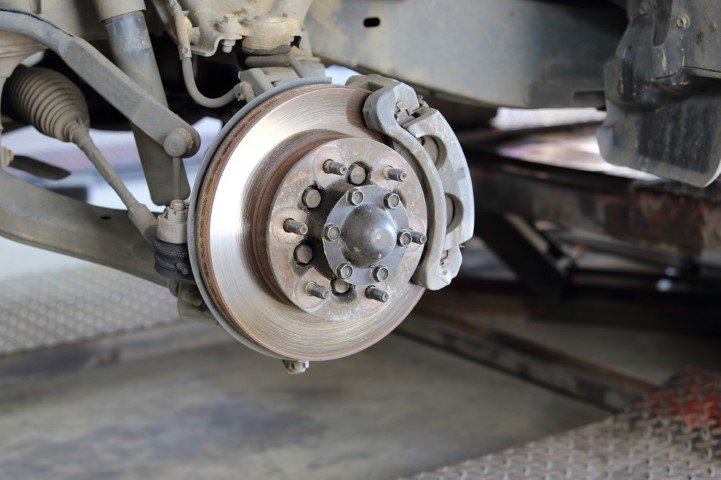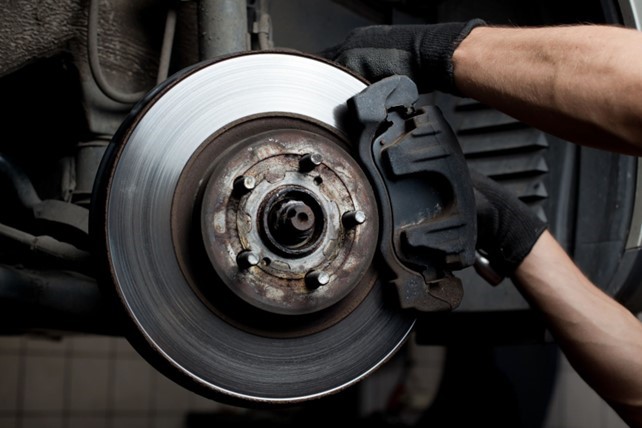 Regardless of your vehicle type, knowing when to stop it and how to stop it is essential. It is what ensures your safety on the road. This function is done by the brake pedal, which is known to all drivers. Hydraulic brakes are the common choice for this operation for most vehicles, but for heavy-duty trucks, it is instrumental to break this brake norm. A standard hydraulic braking system is suitable for a standard vehicle, but brakes are necessary for trucks carrying heavy shipments. This guide will give you a detailed look into air brakes and its functioning.
Regardless of your vehicle type, knowing when to stop it and how to stop it is essential. It is what ensures your safety on the road. This function is done by the brake pedal, which is known to all drivers. Hydraulic brakes are the common choice for this operation for most vehicles, but for heavy-duty trucks, it is instrumental to break this brake norm. A standard hydraulic braking system is suitable for a standard vehicle, but brakes are necessary for trucks carrying heavy shipments. This guide will give you a detailed look into air brakes and its functioning.
A Brief Overview of Air Brakes
Air brakes originated as an alternative to traditional hydraulic braking, and they were initially used for trains. If you’re wondering why, it’s because there is always the risk of a leaking hydraulic fluid in hydraulic braking systems, which can lead the vehicle’s braking system to fail or malfunction when on the road.
The larger the vehicle, the more difficult it becomes to spot the hydraulic leak. This problem could result in dire consequences for a truck carrying heavy cargo.
Air brakes are mainly designed to avoid this issue. Replacement parts can be found here: https://www.maximinc.com/parts-brake-components-category . It replaces hydraulic acid with pressurized air, which is constantly stored in an air brake system. The system releases air pressure according to the movement of the operator.
How Do Air Brakes Work? Since trucks are required to transfer heavy loads from one place to another, traveling on bumpy roads requires a robust braking system. Heavy-duty trucks use air-powered brakes so that the driver can have a safe ride on the road.
Understanding the Types of Air Brakes:
Trucks use compressed air for brakes instead of hydraulic fluid. Hence, to understand the functioning of air brakes, it is vital to gain an insight into the two types of air brakes:
- Drum Brakes: Drum brakes actuate the air braking system by depressing the brake pedal through the operator. The air is supplied to the brake valves from reservoirs, following which it gets delivered to brake chambers. The pushrod is moved by the chambers on the slack adjusters, which. transfers the pushrod force to the cam rotational force. The rollers rise after the cam rotates, and the shoe’s contact with the drum causes the truck’s wheel to stop or slow down. Once the brake pedal is released by the operator, the air exhausts.
- Disc Brakes: The operation of disk brakes differs slightly from drum brakes. The process is the same until the valves deliver the air to the brake chambers. Following this, the force is transferred to the inner brake pad by the caliper actuated by the chamber.
When contact is established between the brake rotor and the inner brake pad, the caliper moves to the brake pins. The wheel is forced to stop when the pads squeeze against the rotor, and the brake pedal is released by the operator. 
Pressurization of Air:
Air brakes mainly operate through the pressurization of air, which is kept readily available in storage.
A compressor is used to pressurize the air and is attached to the vehicle engine. There are air storage tanks in the truck, which then store this pressurized air so that it can be used for braking whenever required.
In order to travel through the wheel braking system’s air chambers of the truck, a valve system is used by this air once the driver uses the brake pedal.
Drivers press the brake early, expecting some delay in engaging the brake beforehand because the air takes some time to reach these systems.
Functioning of the Vehicle:
The truck’s system has multiple air circuits that are used for service brakes and releasing parking brakes.
The parking brake portion’s spring force engages the parking brake once the air pressure contained in the chamber is released. This enables the operator to have an emergency brake system in the form of a parking brake.
Depending on whether the truck uses drum brakes or disc brakes, the high air pressure causes the brakes to pressurize the drums or rotors, which then leads the vehicle to either stop or slow down.
Having a good knowledge of the functioning of air brakes can help you be mindful about operating a heavy-duty truck. This will ensure your safety on the road along with the vehicle and the shipment it’s carrying.










